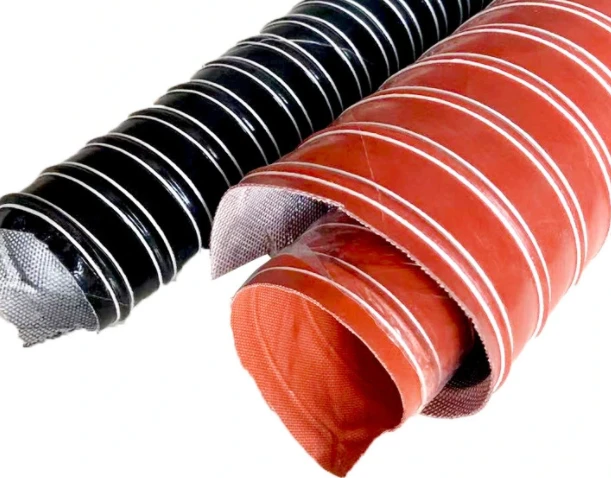lpg hose with regulator
Understanding LPG Hose with Regulator Essential Insights
Liquefied Petroleum Gas (LPG) is a common source of energy used for heating, cooking, and powering vehicles. As with any fuel source, safety and efficiency are paramount, which is where the LPG hose and regulator come into play. This article will explore the significance of these components, how they work together, and considerations for ensuring safety and compliance.
What is an LPG Hose?
An LPG hose is a flexible tube designed to transport liquefied petroleum gas from the storage tank or cylinder to various appliances such as grills, heaters, or stoves. LPG hoses are specifically manufactured to withstand the pressures associated with gas transportation and are typically made from durable materials, such as rubber or thermoplastic, which can resist the corrosive effects of LPG.
The quality of the LPG hose is critical. It must comply with relevant safety standards, which vary by country but typically include specifications for pressure resistance, temperature tolerance, and overall durability. Regular inspections are necessary to catch wear, tear, or potential leaks.
What is an LPG Regulator?
An LPG regulator is a device that controls the pressure of gas coming from the storage tank or cylinder, ensuring that it is delivered to the appliance at a safe and reliable pressure. Regulators reduce the high pressure of gas in the tank to a lower, usable level. This is vital because different appliances require specific pressure ranges to operate efficiently and safely.
LP Gas regulators come in various types, including first-stage and second-stage regulators, each serving different functions. The first-stage regulator reduces the pressure from the tank to an intermediate level, while the second-stage regulator further reduces the pressure to that required by the appliance.
How do LPG Hose and Regulator Work Together?
The LPG hose and regulator function in tandem to deliver gas safely from the tank to the appliance. When gas is released from the tank, it passes through the regulator, which ensures that the gas is at the correct pressure before it travels through the hose. The hose then channels this gas to the appliance where it is ignited for use.
lpg hose with regulator

Safety is a fundamental aspect of this process. Both components are designed to handle specific pressures, and they must be compatible with one another. A mismatch can lead to leaks or other hazardous situations.
Safety Considerations
Safety is paramount when dealing with LPG. Here are some essential safety tips regarding LPG hoses and regulators
1. Regular Inspections Frequently check hoses for cracks, brittleness, or any signs of wear. Regulators should also be inspected to ensure they are functioning correctly.
2. Proper Installation Ensure that both the hose and regulator are installed according to manufacturer guidelines and local regulations. Any improper installation can lead to dangerous leaks.
3. Use Compatible Components Always use hoses and regulators that are compatible with each other and suitable for the specific type of LPG being used. Mismatched components can increase the risk of failure.
4. Check for Leaks Before using any LPG appliance, check for gas leaks by applying soapy water to the connections. If bubbles form, this indicates a leak, and the system should not be used until repaired.
5. Replace When Necessary LPG hoses and regulators have specific lifespans, after which they should be replaced to ensure safe operation. Always follow the manufacturer’s recommendations for replacement intervals.
Conclusion
In summary, the LPG hose and regulator are critical components in the safe and efficient use of liquefied petroleum gas. Understanding their functions and maintaining them properly is essential for any LPG system. Regular inspections, proper installation, and adherence to safety guidelines cannot be overstated. By doing so, users can significantly lower the risks associated with LPG use, ensuring a safe and enjoyable experience whether cooking, heating, or enjoying outdoor activities. Always prioritize safety and compliance with local regulations when using LPG systems to protect not just yourself but also those around you.
-
Top Quality Oxy Acetylene Hoses for Sale Fit for Welding DemandsNewsJul.28,2025
-
The Future of Pneumatic Air Tubes in IndustryNewsJul.28,2025
-
Superior and Reliable LPG Hose Pipe Solutions for Every NeedNewsJul.28,2025
-
Exceptionally Durable and Versatile Premium Braided PVC TubingNewsJul.28,2025
-
Best Adapters for Connecting Garden Hose to PVC Pipe ConnectionsNewsJul.28,2025
-
The Essential Role of LPG Hoses in Safe and Efficient Gas DistributionNewsJul.16,2025














